levoscoliosis of the lumbar spine
All you need to know about levoscoliosisLevoscoliosis is a type of spinal curvature that occurs when the column turns left in the form of C. This curve usually starts at the bottom of the back. The column is mainly straight. In people with levoscoliosis, however, the spine seems to take a hard form of "C" or "S", inclined to the left. Levoscoliosis, which implies a left vertebral curve, is less common than that involving a right spinal curve. In fact, a 2014 review estimated that adolescents with scoliosis had correct curves. A curve in the form of "S" normally curves to the left at the bottom of the back (lumbar region) and the right at the upper back (torachic region). He suggests that about 2–3% of people in the United States have some form of scoliosis. People tend to receive their diagnosis between the ages of 10 and 15, and women are eight times more likely to have scoliosis that needs treatment than men. This article offers an overview of levoscoliosis, including its causes, complications, diagnosis and treatment. For around people with scoliosis, the condition develops without an apparent cause or reason. Doctors call this "idiopathic colliosis." Medical conditions, wear and injury can also cause scoliosis and levoscoliosis. Types of scoliosis and levoscoliosis with known causes include: Types of scoliosis and levoscoliosis with uncertain or unknown causes: Some research suggests that scoliosis may have a genetic cause. For example, children are more likely to have the condition if both parents have idiopathic scoliosis. In addition, many of the medical conditions that can cause scoliosis are genetically inherited. Currently, researchers do not think that habits of life such as poor posture, inactivity or diet play some role in the development of scoliosis. However, they can play a role in worsening symptoms. Many people, especially young children and adolescents, develop a mild levoscoliosis form that does not tend to cause obvious symptoms other than a slight change in posture and how clothing fits. The severity of the condition depends on the reach of the curve, where it is, and the cause. Severe scoliosis tends to occur less often, but it can be very painful. Without treatment, this can result in serious health risks. Health professionals consider that levoscoliosis is a particularly dangerous form of scoliosis because the heart is located on the left side of the body. In addition, levoscoliosis should be linked to other conditions, including spinal tumors, growths and neuromuscular disorders, which scoliosis with a proper curvature. Possible complications associated with moderate and severe forms of levoscoliosis that a person does not receive treatment include: To help diagnose levoscoliosis, a doctor will ask a person questions about: Then they will perform a physical exam to evaluate the alignment of the spine, shoulders and hips and check the pain, , and muscle weakness. They will also ask the person to lean forward on the waist and to hang his arms on their sides. Most doctors diagnose levoscoliosis using imaging tests to determine the angle between the two most ill-aligned vertebrae. This is known as the Cobb angle. Doctors consider a larger Cobb angle than a sign of scoliosis that requires monitoring. If the doctor suspects levoscoliosis, he will order a confirmation of the condition and determine the extent of the curve. Other diagnostic tools that can be used to confirm and evaluate scoliosis include: The most effective treatment will depend on the cause and severity of scoliosis, as well as the health and age of the person. Some common treatments for scoliosis and levoscoliosis include: Back brace or armpitsThe wear of a plastic back blanket cannot reverse a spinal curve, but it can help prevent curves from getting worse around children. Children with spinal curvatures 25 to 45 degrees may need to use a rear bra. Most people will have to use the bra for 16–23 hours a day, just taking it to the bathroom or exercise. Once the bones have stopped growing or repairing, a back bra will no longer be useful. Surgery In severe cases of scoliosis, especially when the spinal curve can damage the organs or interrupt the movement, a doctor can perform a spinal fusion to try to reverse the curve. In spinal fusion procedures, a surgeon will perform the curved bones and then fix small pieces of bone tissue throughout the repaired region. When he he heals, he will form a one-only bone. The surgeon can also attach a metal rod to the spine after surgery, to ensure that the bone remains straight while healing. Most people can walk the day after surgery and return to non-intensive activities within. Chiropractory TreatmentPeople with levoscoliosis who are trying to reduce pain and improve flexibility can benefit from visiting one. It is important to choose a practitioner who specializes in scoliosis management. Choosing a non-specialized chiropractor can make symptoms worse. Chiropractory treatment cannot cure levoscoliosis. However, it can improve the quality of life of a person. Do you exercise? The scientific community is in conflict with the value of some therapies, such as chiropractic treatment and massage. However, physiotherapy has offered more promising results. According to the , some specific exercises aim to help with symptoms. These are called specific exercises of physiotherapy scoliosis (PSSE). Some research suggests that exercises can help, but according to SRS, "At this time, there is no evidence to support PSSE[s] that is offered to replace bracing in the treatment of progressive idiopathic scoliosis." Exercise Examples The basic principles of the program include: In most cases, people with a lesser form of scoliosis do not require treatment, and it is not a sign of a serious underlying medical condition. However, people with more severe cases may experience severe complications, such as chronic pain and reduced organ function, if they are not treated. For children and adolescents, using a rear bra can help stop the progression of the curvature. Surgery may be necessary for adults and adolescents with severe spinal curves. Last medical review on April 24, 2020Most recent newsRelated coverage

Types of Scoliosis - Hudson Valley Scoliosis
:max_bytes(150000):strip_icc()/GettyImages-482216705-56a05f7d3df78cafdaa14d36.jpg)
Levoscoliosis and Dextroscoliosis Scoliosis Directions

Levoscoliosis | Radiology Case | Radiopaedia.org

Scoliosis Symptoms
:max_bytes(150000):strip_icc()/GettyImages-140891899-56a05f753df78cafdaa14d24.jpg)
Levoscoliosis and Dextroscoliosis Scoliosis Directions
Dextroscoliosis vs. Levoscoliosis

Levoscoliosis in the Spine - Causes, Diagnosis and Treatment

An 18-year-old male patient with levoscoliosis at the thoracolumbar... | Download Scientific Diagram

Types of Scoliosis - Hudson Valley Scoliosis
Contrasting findings of spinal deformities in two adolescents. (A)... | Download Scientific Diagram

The Different Scoliosis Locations & Types of Spinal Curvatures - ScoliSMART Blog
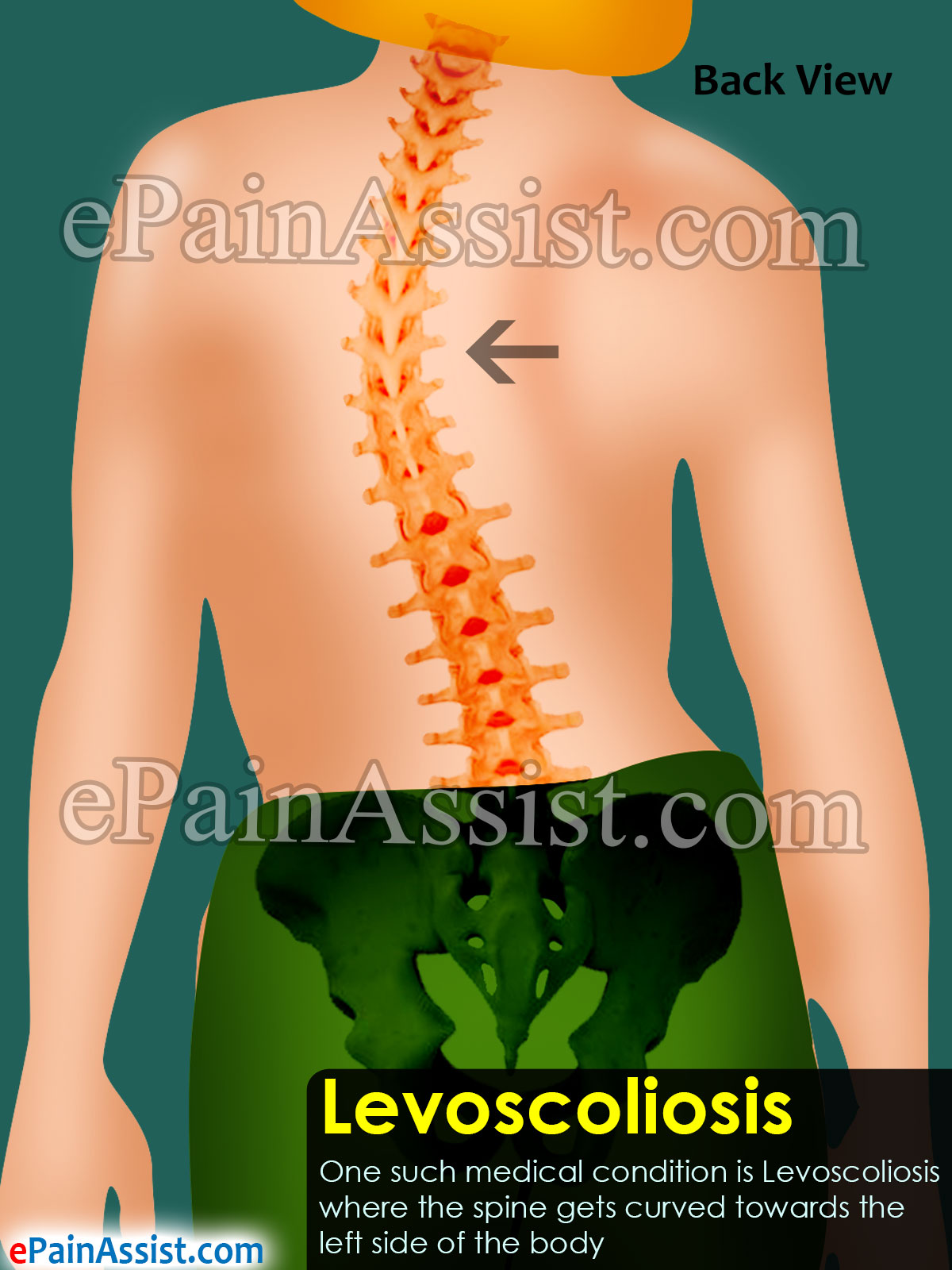
Levoscoliosis|Treatment|Braces|Physical Therapy|Surgery|Exercises
Is Levoscoliosis dangerous? - Quora

Levoscoliosis | definition of Levoscoliosis by Medical dictionary
:max_bytes(150000):strip_icc()/GettyImages-155601729-56a05f885f9b58eba4b02743.jpg)
Levoscoliosis and Dextroscoliosis Scoliosis Directions
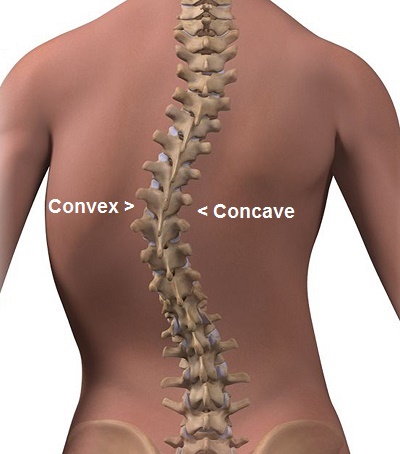
What is Levoconvex Scoliosis?
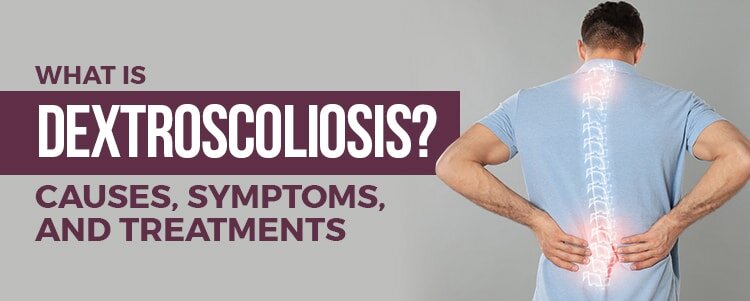
What is Dextroscoliosis? Causes, Symptoms, and Treatments

Levoscoliosis

Dextroscoliosis: Types, exercises, and treatment
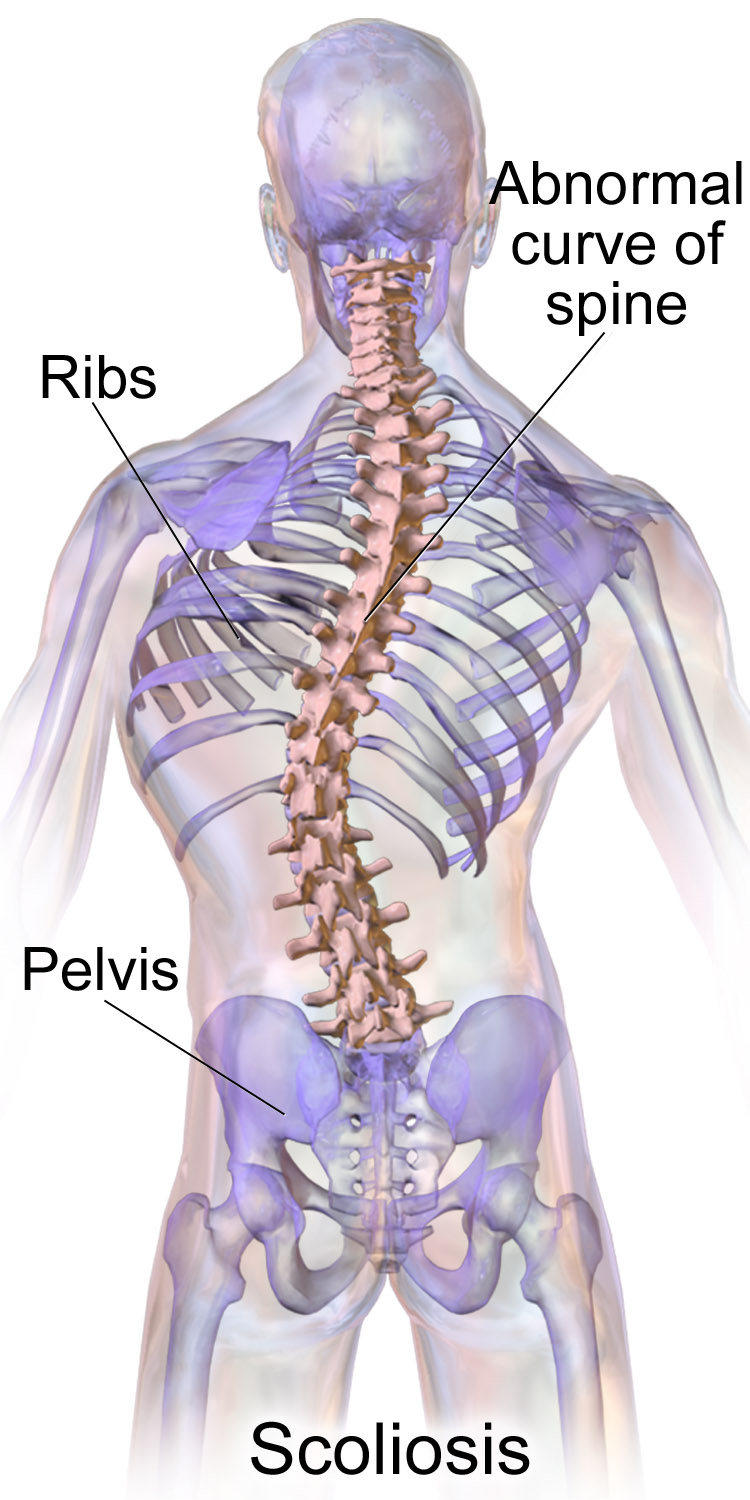
Scoliosis - Wikipedia

Types of Scoliosis - Hudson Valley Scoliosis
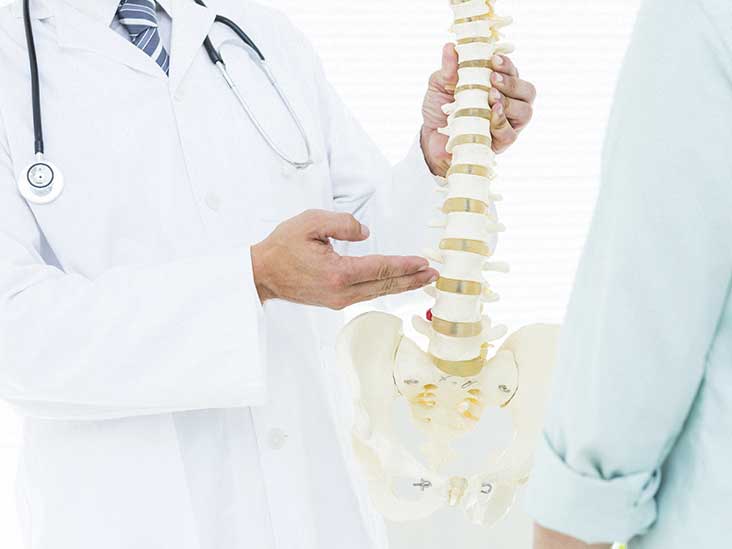
Levoscoliosis: Causes, Treatments, and More

Mild Scoliosis: Treatment, Exercises, and Symptoms - Hudson Valley Scoliosis
:max_bytes(150000):strip_icc()/scoliosis-lateral-curve-of-the-spine-2548780-color-V1-c044832970b94ee1ac37556aa3e3e8f9.png)
Scoliosis: Overview and More

Osteomalacia. A 51-year-old female with levoscoliosis and heterogeneous... | Download Scientific Diagram

Everything You Need to Know About Scoliosis: Regenerative Spine and Pain Institute: Board Certified Pain Management Physicians

23 Levoscoliosis ideas | scoliosis, scoliosis exercises, massage therapy
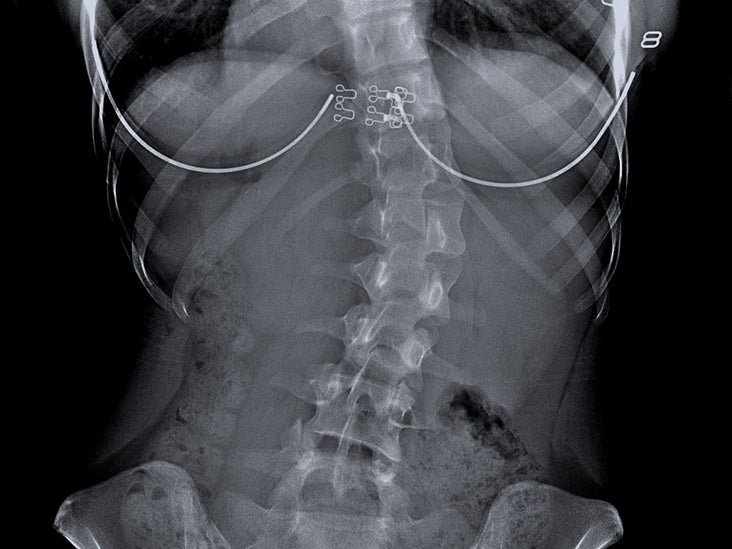
Scoliosis: Treatment, symptoms, and causes
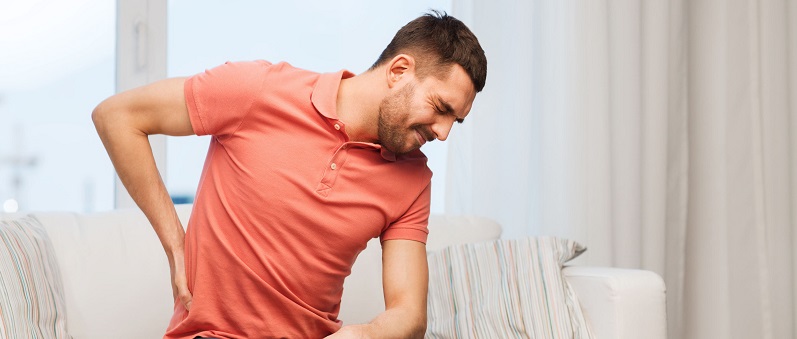
Understanding Levoscoliosis and Dextroscoliosis | MN Scoliosis Doctor
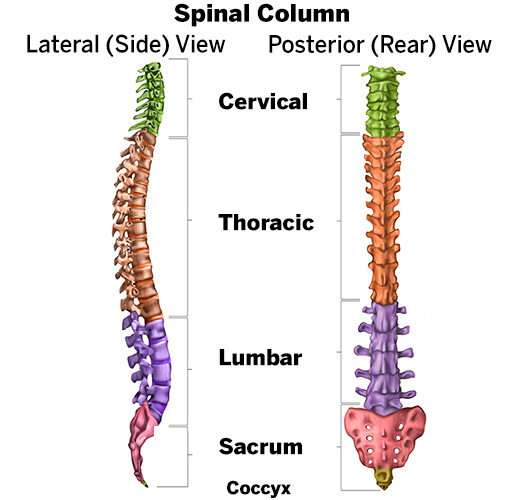
Scoliosis in Adults: What to Know About Symptoms & Treatment
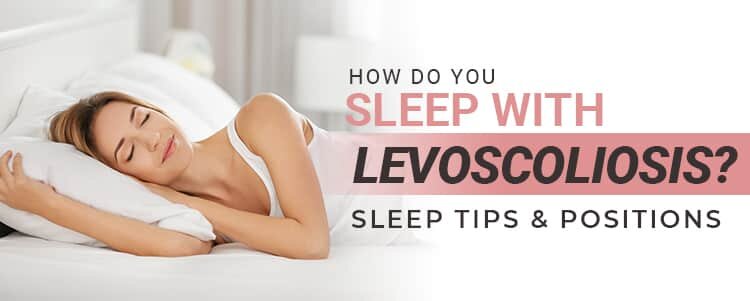
How do You Sleep with Levoscoliosis? Sleep Tips and Positions

The Different Scoliosis Locations & Types of Spinal Curvatures - ScoliSMART Blog

Mild Scoliosis: Treatment, Exercises, and Symptoms - Hudson Valley Scoliosis
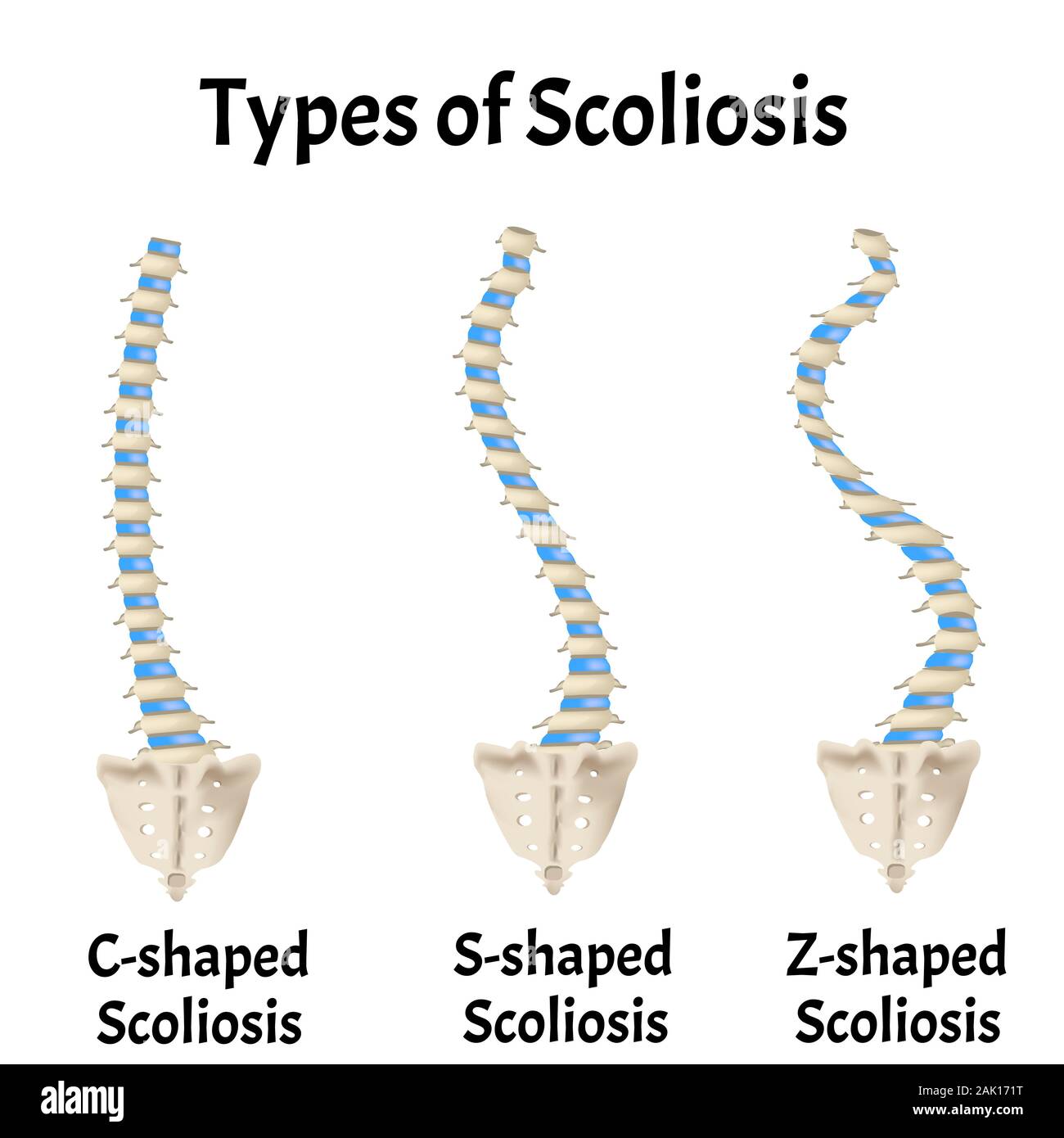
Types of Scoliosis. C, S, Z shaped scoliosis. Dextroscoliosis. Levoscoliosis. Spinal curvature, kyphosis, lordosis, arthrosis. Infographics. Vector Stock Vector Image & Art - Alamy
What is Levoconvex Scoliosis? Symptoms and Treatments

What is Levoconvex Scoliosis?

An 18-year-old male patient with levoscoliosis at the thoracolumbar... | Download Scientific Diagram

L5-S1 Spondylolisthesis: Failed Pain Management
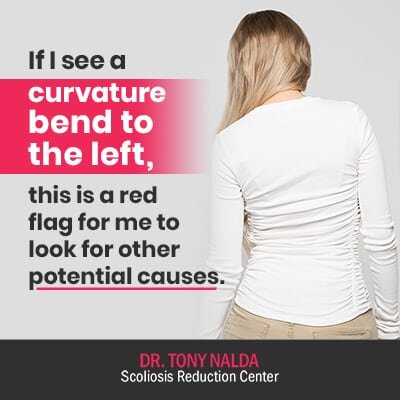
How do You Sleep with Levoscoliosis? Sleep Tips and Positions

Scoliosis Treatment, Causes, Symptoms & Surgery
Posting Komentar untuk "levoscoliosis of the lumbar spine"